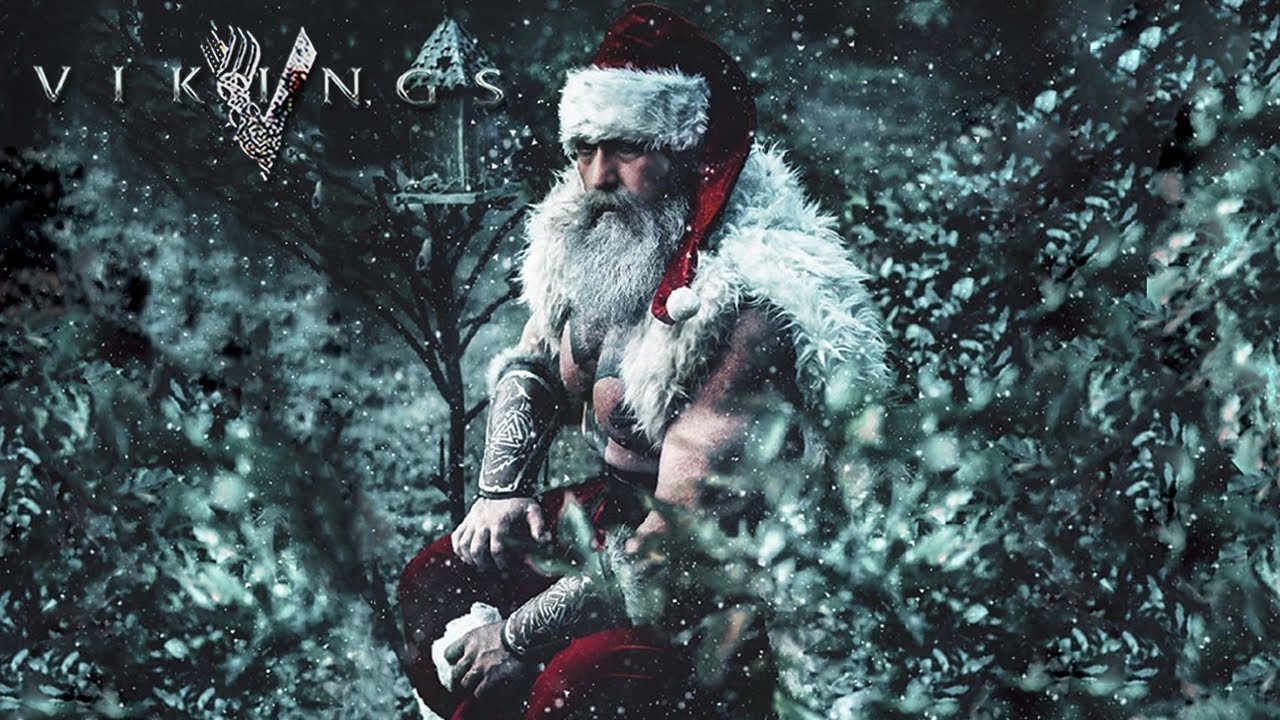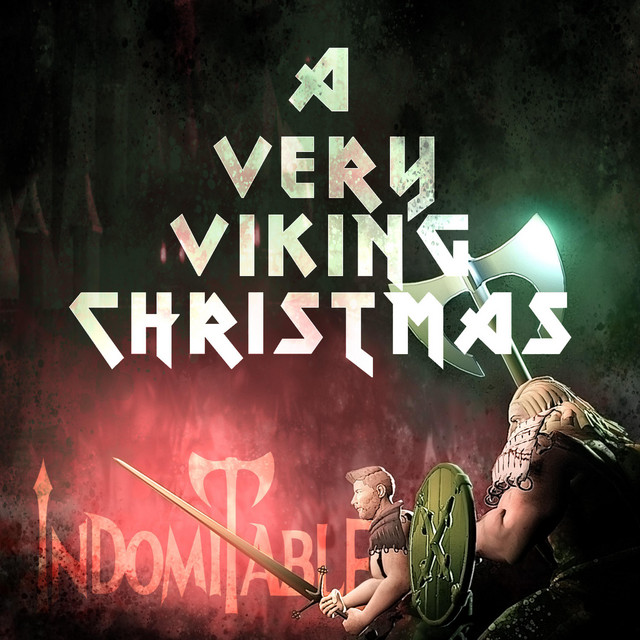Christmas, Nordic Discovery, Occasion
HOW THE VIKINGS GAVE US CHRISTMAS
Primarily marked on the 25th of December to commemorate the birth of Jesus Christ, Christmas is a time of year celebrated by billions of people around the world. The festival is accompanied by several traditions that, unbeknownst to many, have pagan origins.
Long before Christianity had come to the Nordic regions, the pagan Vikings and other ancient Germanic peoples would celebrate the winter solstice each December, the time of year when the days were the shortest and the night’s the longest. Friends and relatives would get together and enjoy food and drink in a festival known as Yule.
As Christianity swept across Germanic Europe centuries ago, many Yuletide traditions were adopted and absorbed into the Christian faith, mixing together to create the modern Christmas we celebrate today.
Here are some of the most common Christmas traditions we have the Vikings to thank for.
FATHER CHRISTMAS
The Norse god Odin was said to be ‘the father of all gods’. Described as a bearded old man wearing a hat and a cloak, Odin would often ride his eight-legged horse Sleipnir across the midwinter night’s sky, delivering gifts to those down below. Sound familiar?
Although it can be argued that our modern Father Christmas is a fusion of ancient myths, legends and folklore, the resemblance and connection to the Norse god Odin has many historians believing he was the original Santa.
THE CHRISTMAS ELF
Once again we have Norse mythology to thank for another of our well-known Christmas stalwarts, the elf. Referred to as the álfar (where our word ‘elf’ comes from) or ‘hidden people’, these supernatural humanlike beings were often described as tall, pale and beautiful and equipped with magical powers.
So how did we go from the álfar to the short, pointy hat wearing elves we imagine in Santa’s workshop today? Again, we have another myth from Nordic folklore to thank, that of the ‘nisse’. The nisse is a mythological creature associated with the winter solstice and Christmas season, best described as looking like your typical garden gnome – short and equipped with a red pointy hat.
The little creatures are said to live in the stables and barns of a homestead, guarding the property and those dwelling within. Treat it well and it’ll be helpful to you, treat it badly and be prepared for some mischief around your house, perhaps explaining why today’s Christmas elves are often represented as cheeky.
CHRISTMAS TREES
The Vikings worshipped trees, especially the evergreens of the Scandinavian forests, which they believed were the special plant of Balder, the sun god. Since they remained green throughout the winter, the trees came to represent the promise of new life, a reminder that spring was just around the corner.
In ancient Germanic and Norse tradition, the evergreens were often decorated with small carvings of the gods and food, in the hope of encouraging the tree spirits to return to bring about the new spring.
FESTIVE WREATH
Whilst the Romans originally created wreaths to be displayed as a symbol of victory, they became connected to our festive celebrations by way of Yule. Like the evergreen trees, wreaths created using an evergreen plant such as Holly, would be brought into people’s dwellings during Yuletide to remind them of the warmer days to come, a reassuring symbol during the long cold winters of the Scandinavian north.
The Vikings themselves would set alight to a ‘sunwheel’, which strongly resembles our modern wreaths. The burning wheel was then rolled down a hill in the hope of enticing the sun to return.
MISTLETOE
According to Norse legend, Odin’s son Balder had been prophesied to die so his mother Frigg visited every entity in the cosmos to secure an oath from them that they wouldn’t harm her son. She neglected to consult the mistletoe believing it too small and harmless to threaten the life of her son. The mischievous god Loki got wind of this oversight and carved an arrow out of the mistletoe. Balder would eventually be slain by Loki’s creation, mistletoe proving to be his only weakness.
In one version of the story, Frigg’s tears of sorrow fell onto the red mistletoe turning them white, which resurrected her son. Mistletoe came to represent renewal, love and peace with Frigg promising to kiss anyone who passed beneath it.

THE 12 DAYS OF CHRISTMAS
Before we were all singing about turtle doves and a partridge in a pear tree, the ancient Norse were enjoying their midwinter festival of Yule for exactly twelve days. Beginning on the day of the winter solstice (the longest day and night), the feasting festivities would carry on for 12 days, creating the origins of the 12 days of Christmas we celebrate today.
CHRISTMAS HAM
It’s a dish that’s featured on most Christmas tables at some point during the festive season and once again, we have the Norse to thank for our Christmas ham.
Feasting played a central role in the way the Vikings and other ancient Germanic people honoured the gods. One such ritual saw the sacrificing of a Wild Boar to the Norse god Freyr in the hope of a fruitful harvest during the next season.
The boar would be the centrepiece of the feasting, very much like the Christmas ham that adorns our modern-day tables.
YULE LOG
In Nordic tradition, the Yule log was a carefully selected log that was ceremonially brought into the house and burnt on a hearth (brick or stone-lined fireplace) during the time of Yule. Part of it would be saved and kept until the following year to not only protect the home but also act as kindling for next year’s Yule log.
Whilst the tradition continues to this day across the world, it has also transformed into a culinary one with many people choosing to furnish their Christmas tables with a chocolate Yule log.
https://www.history.co.uk/articles/how-the-vikings-gave-us-christmas

